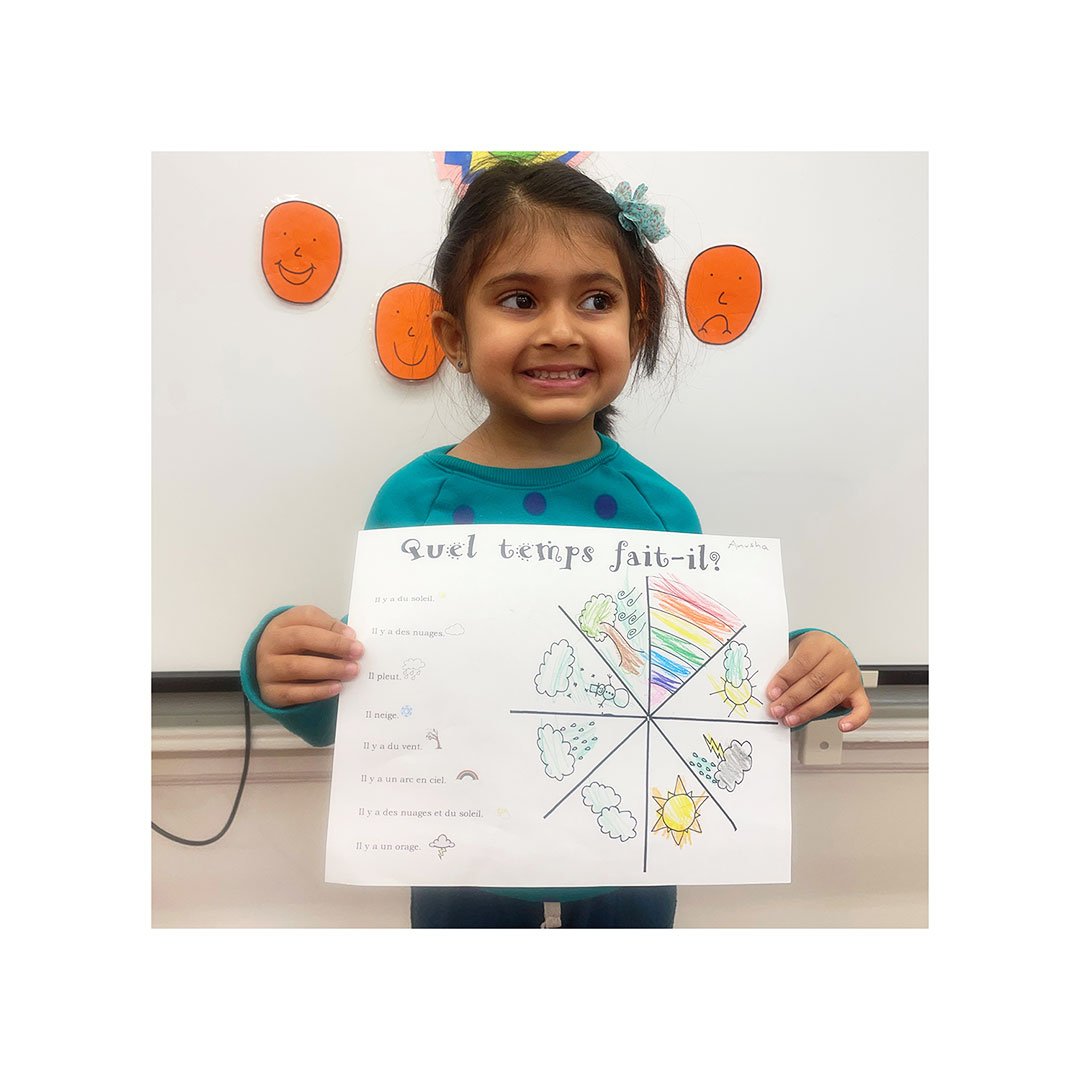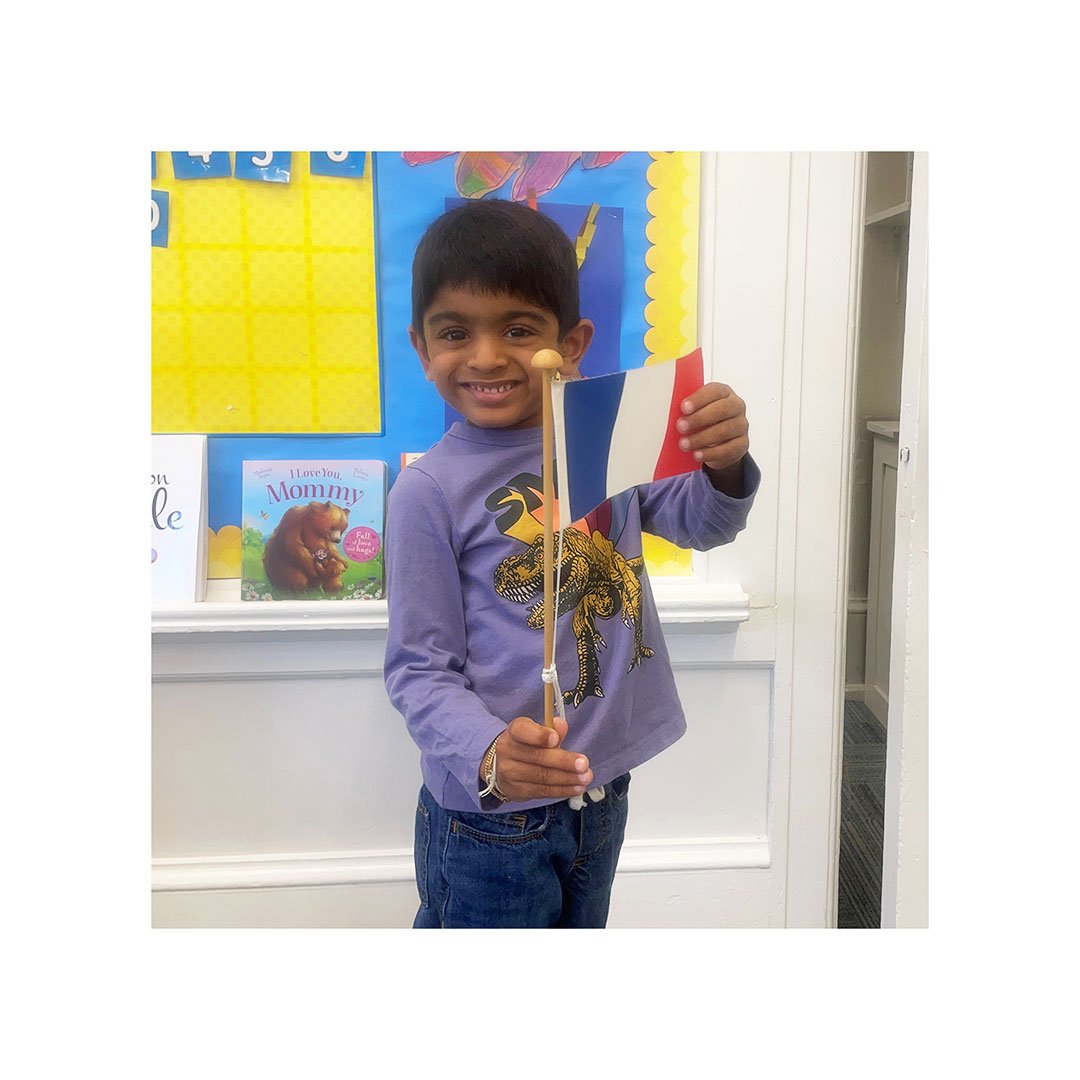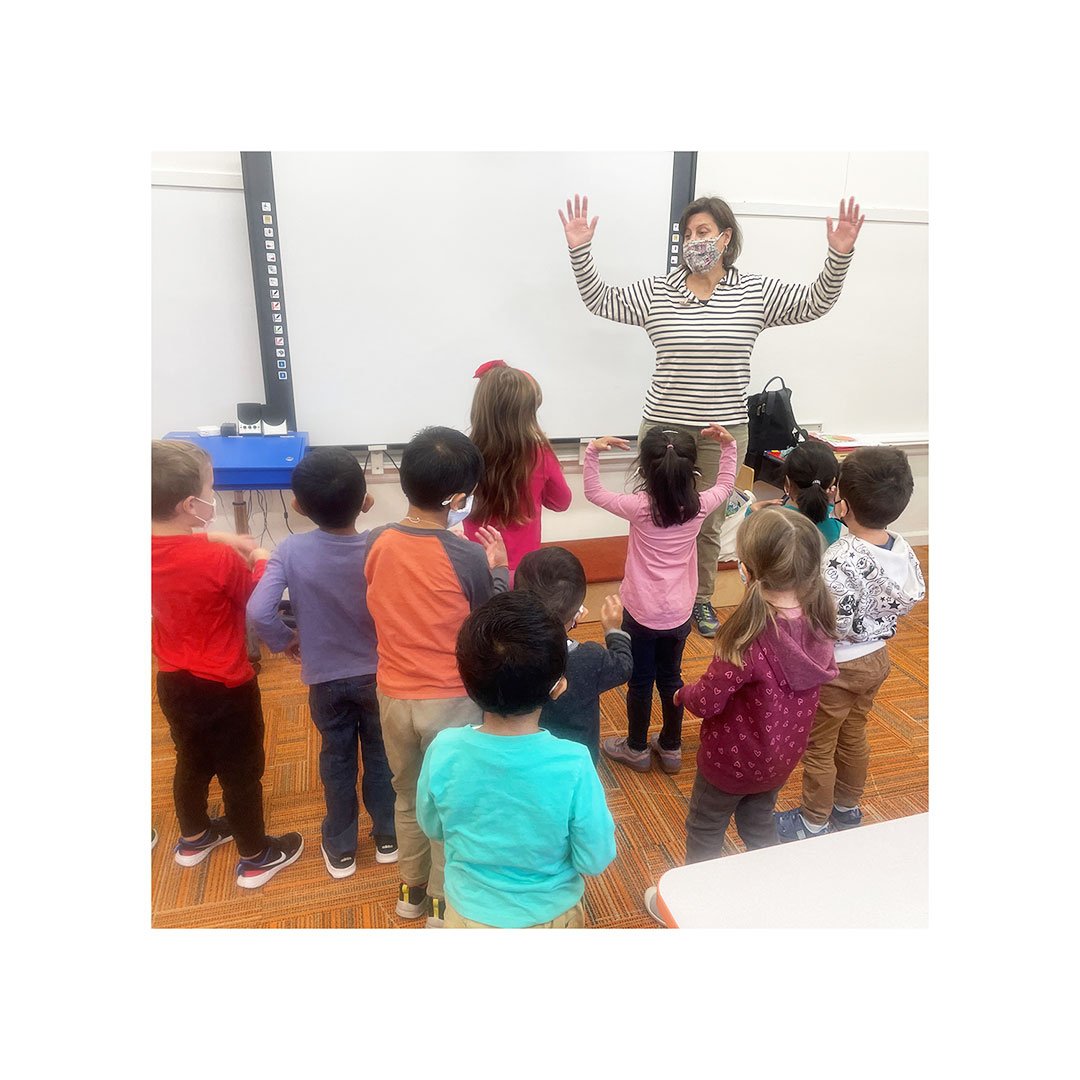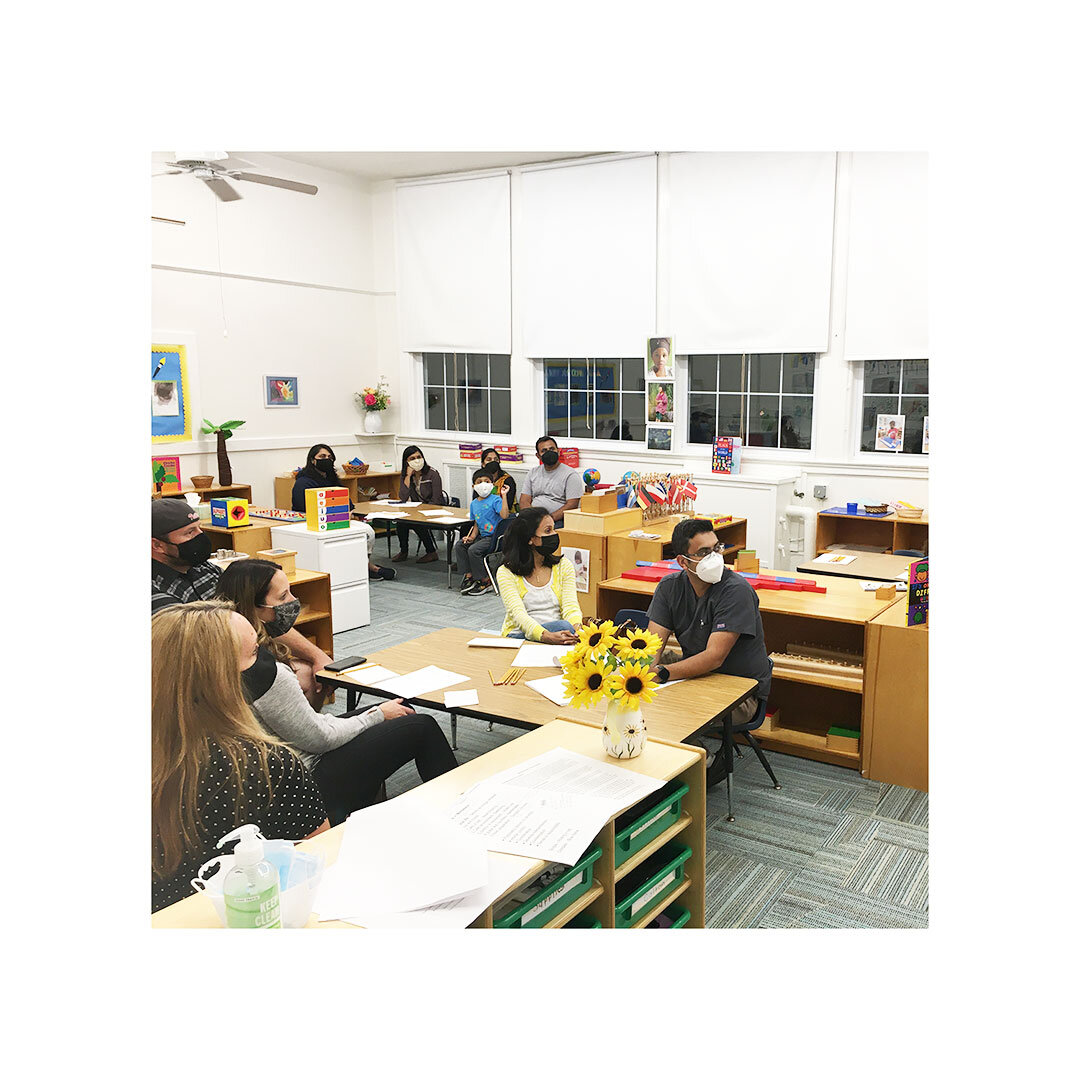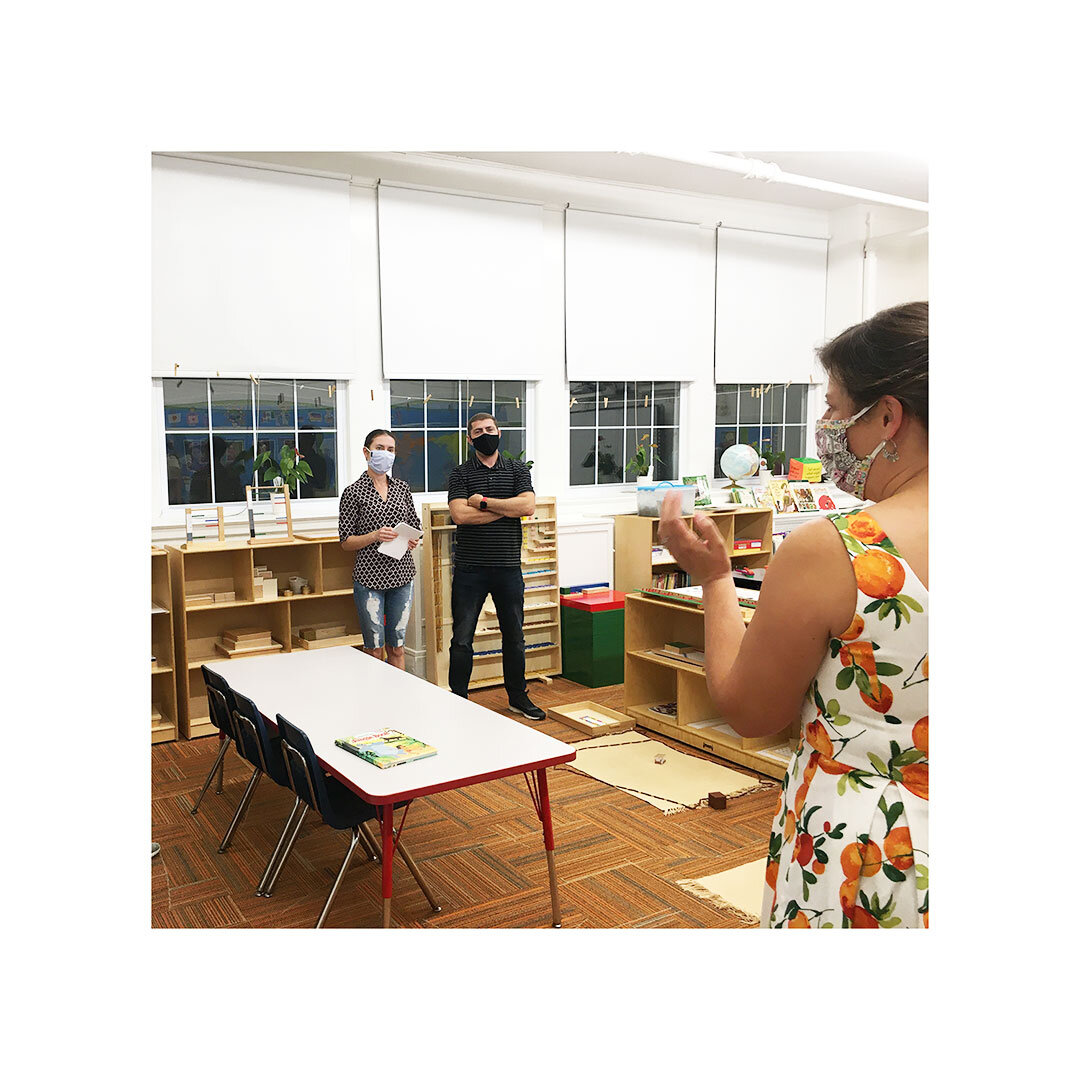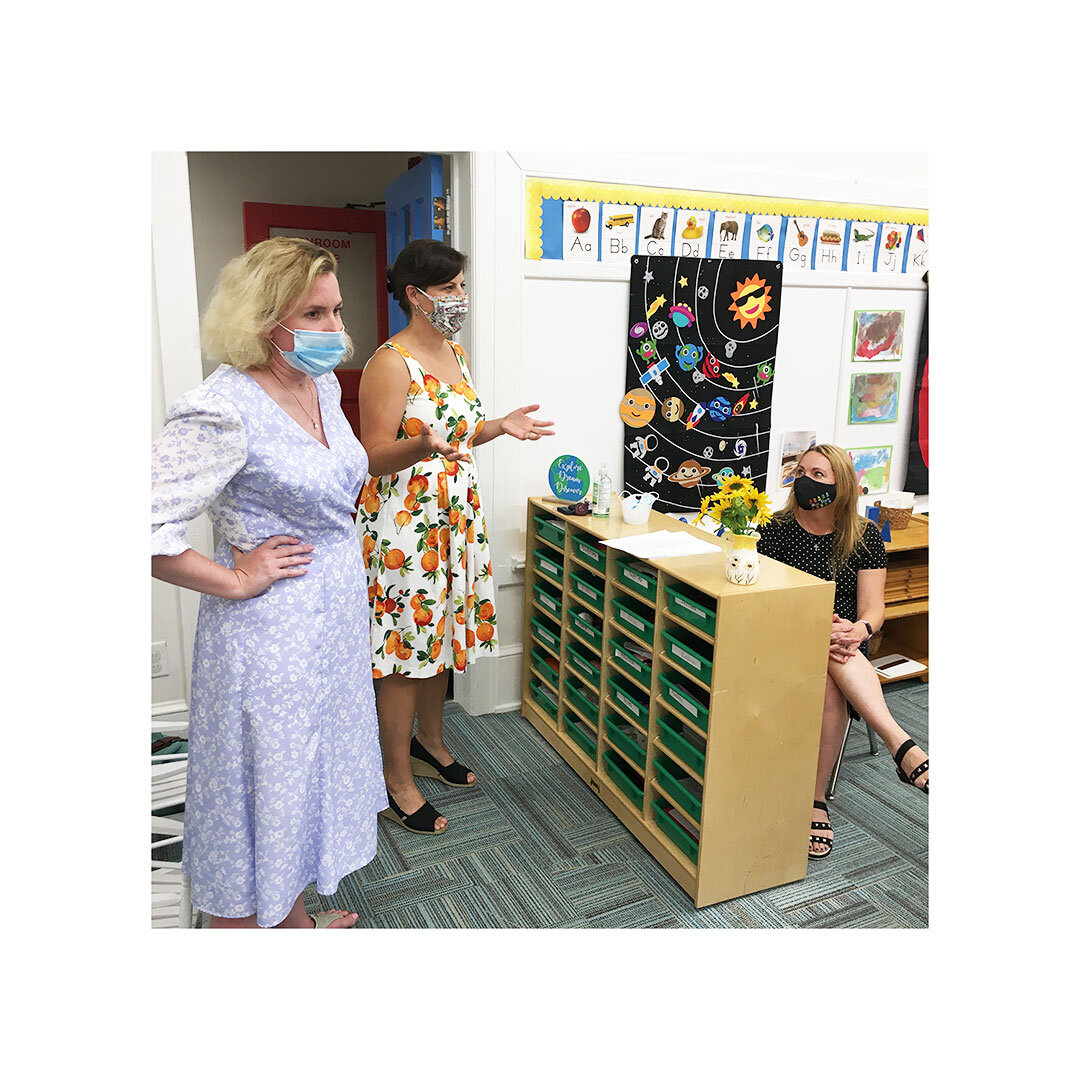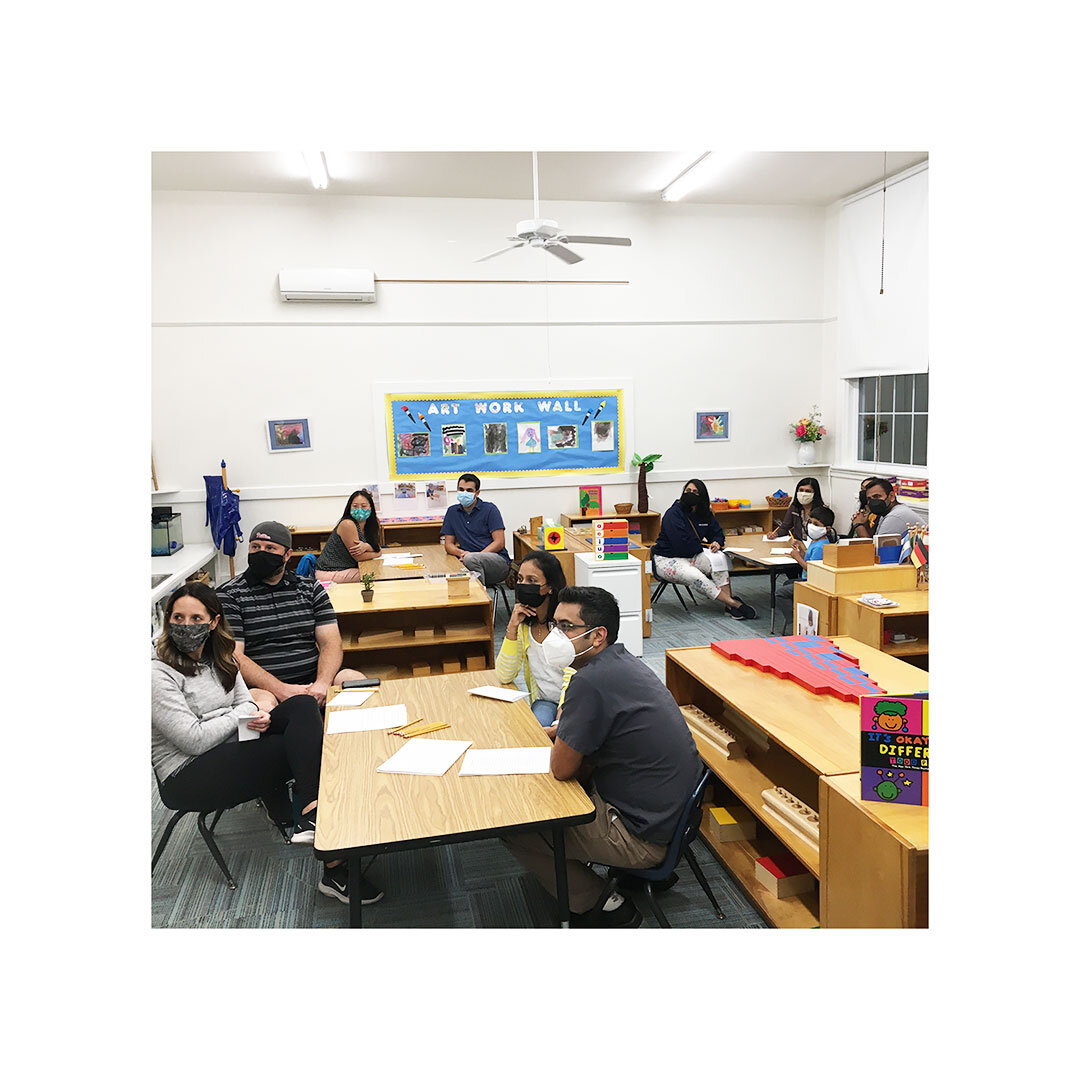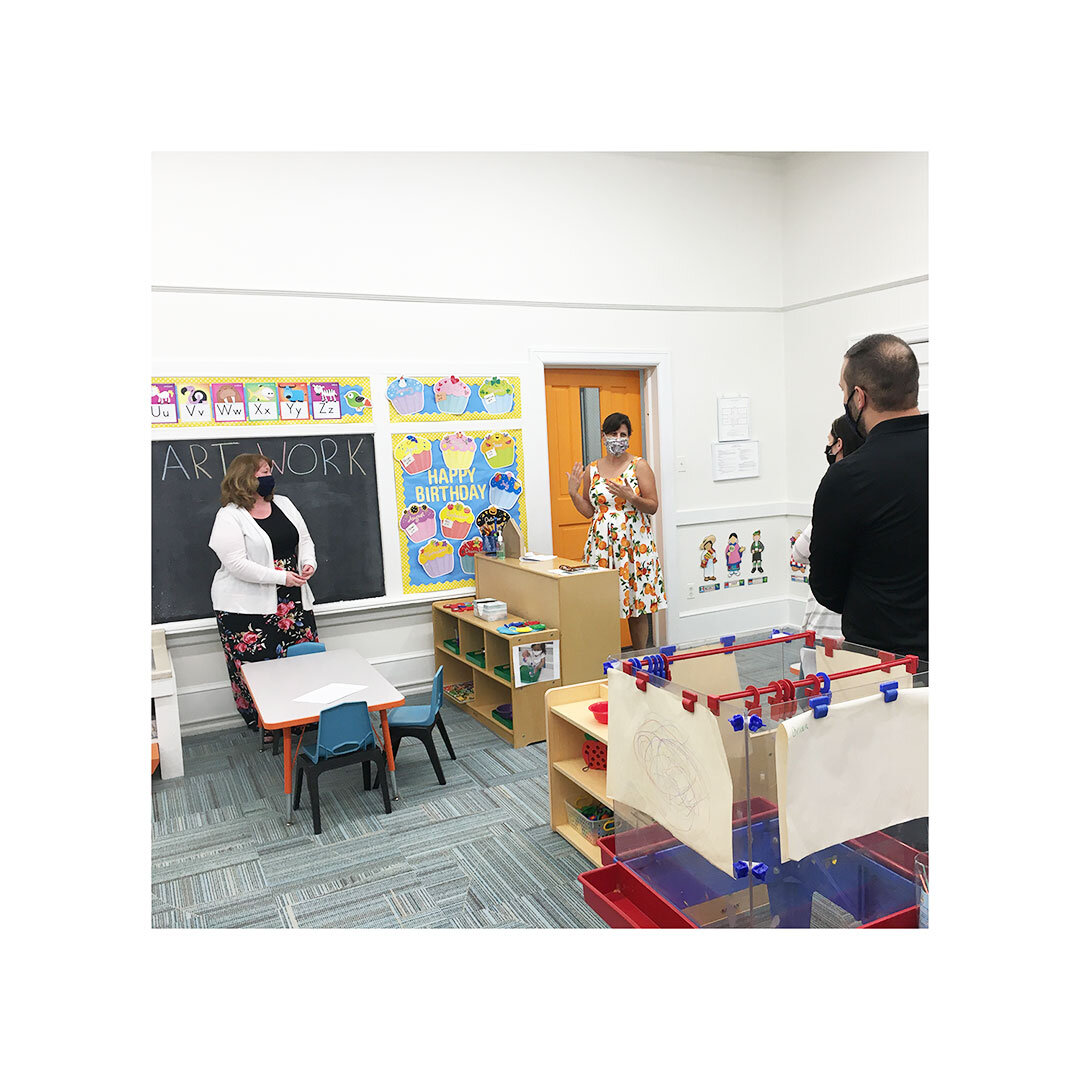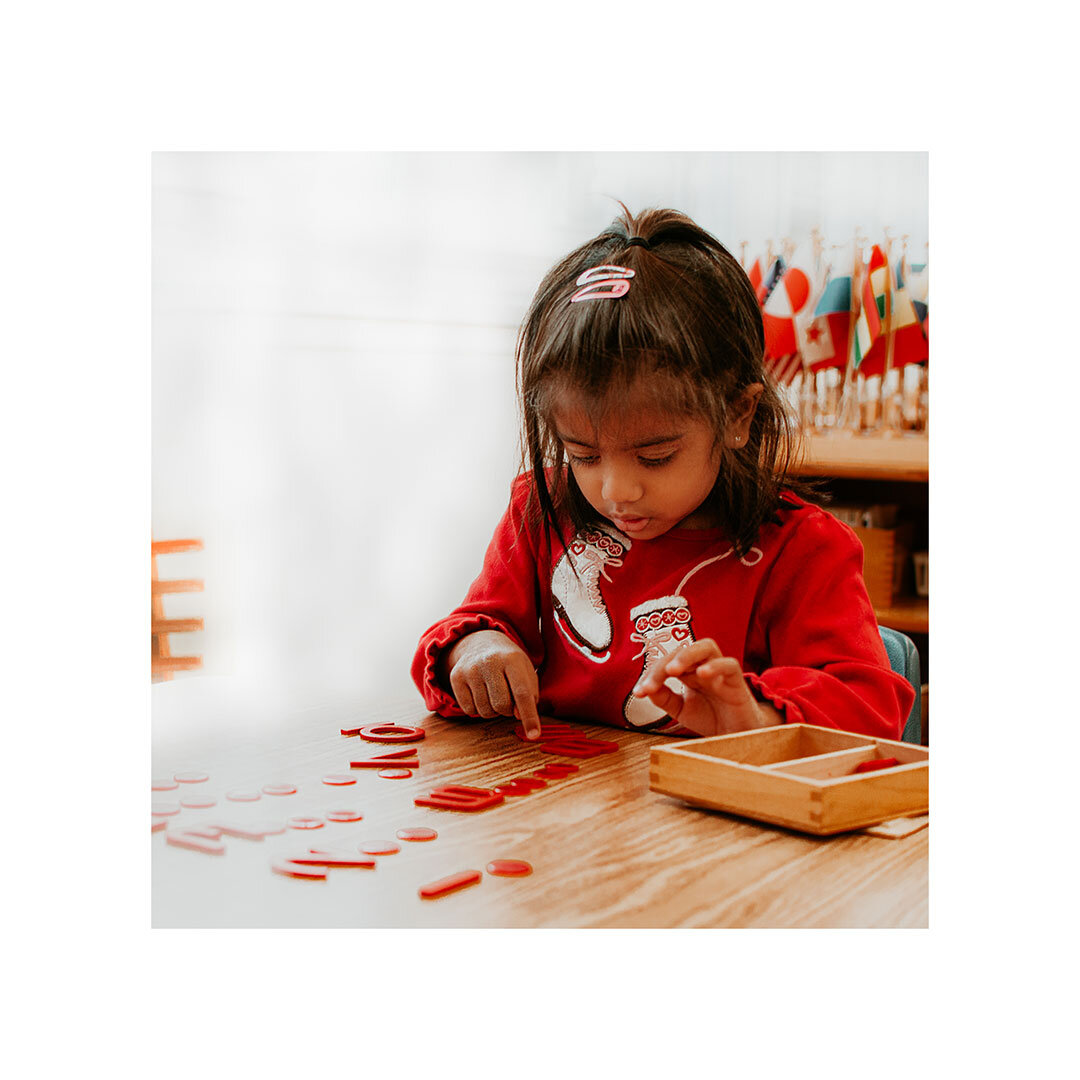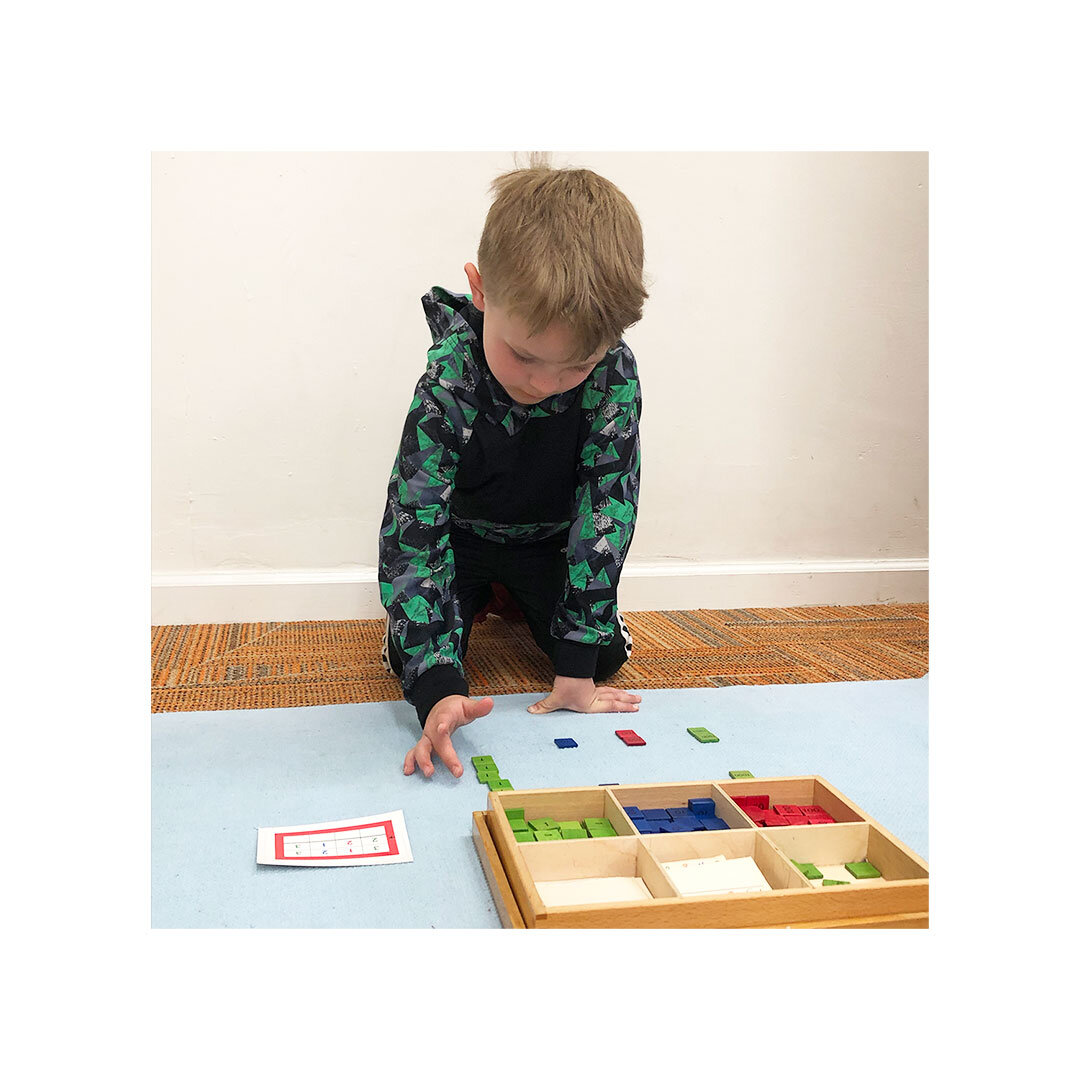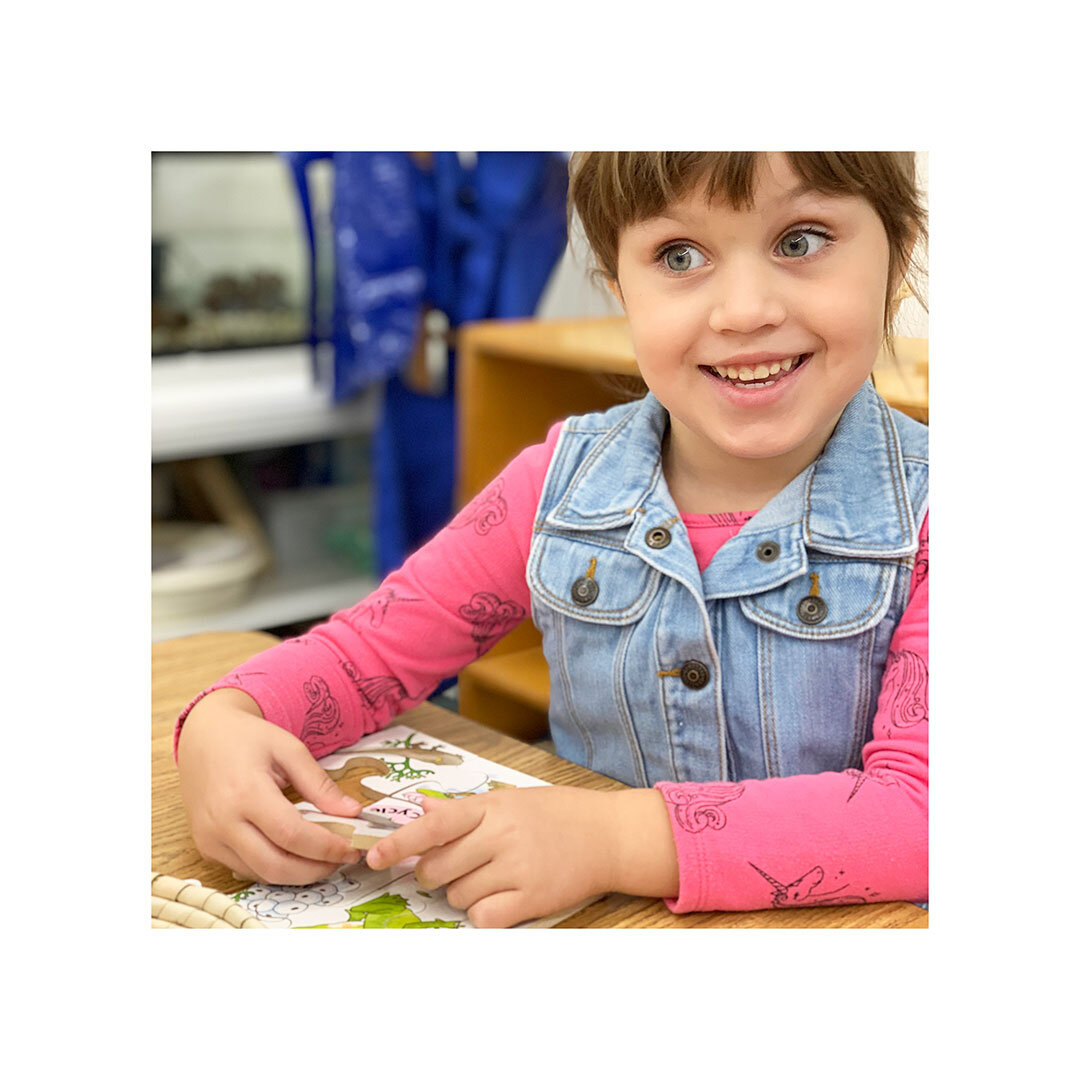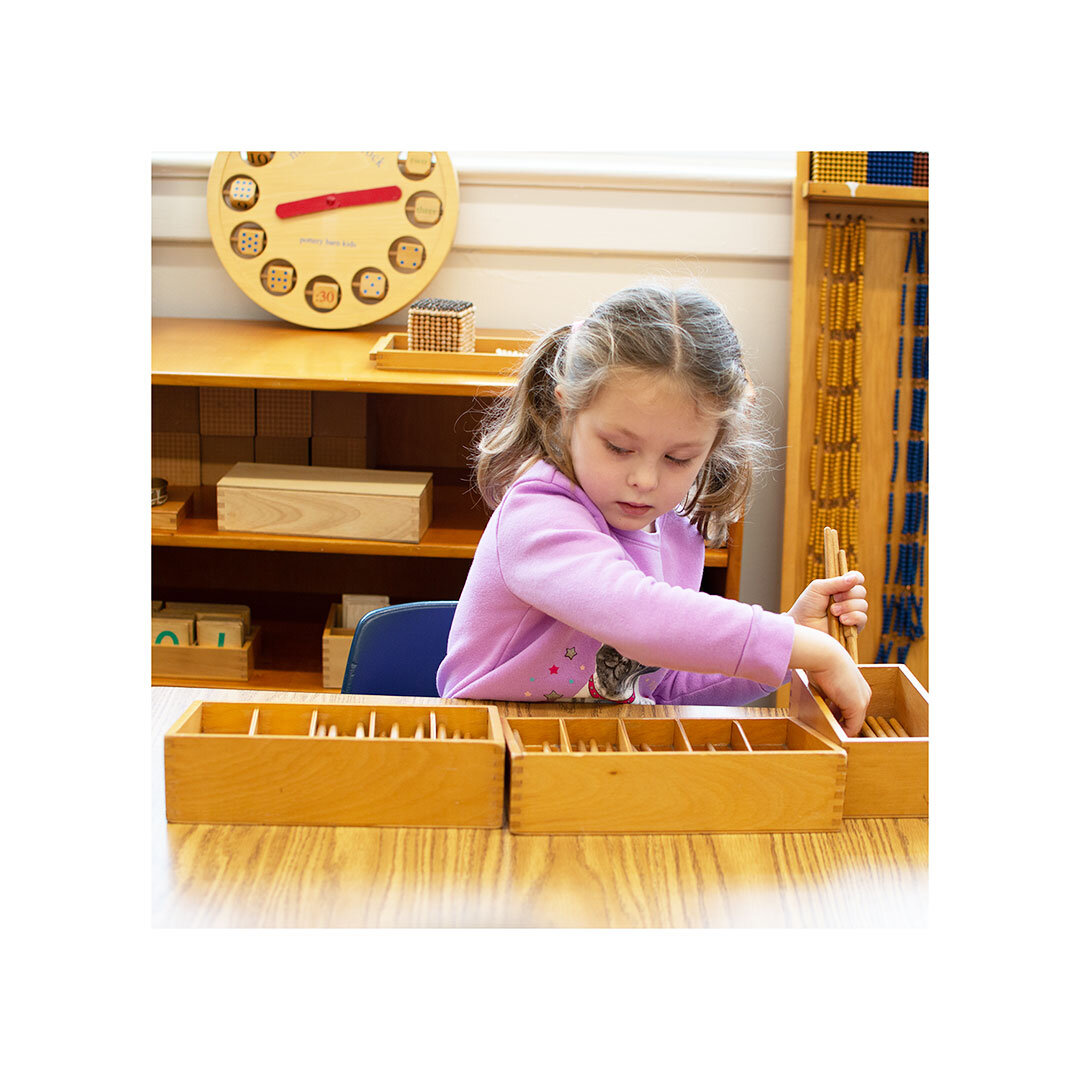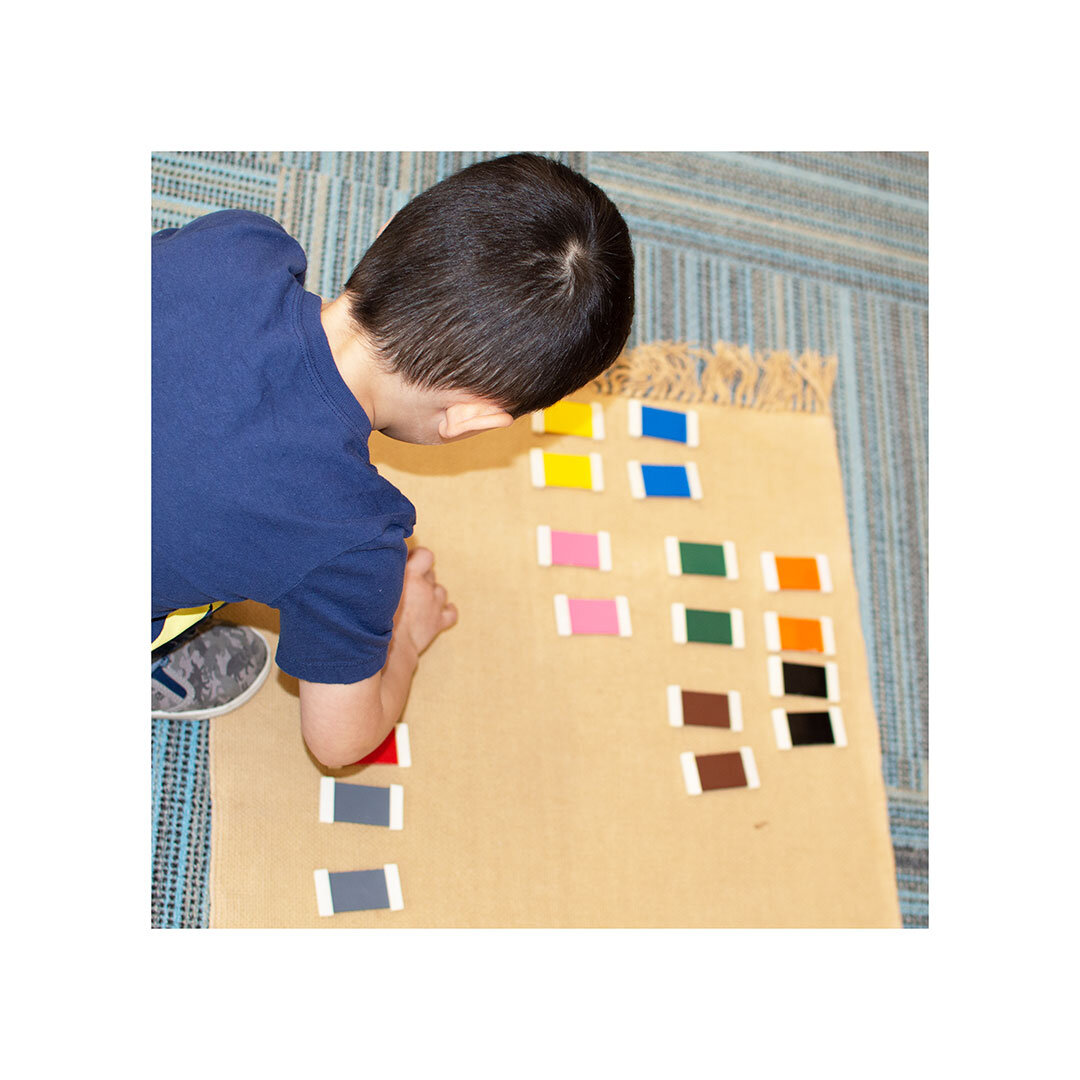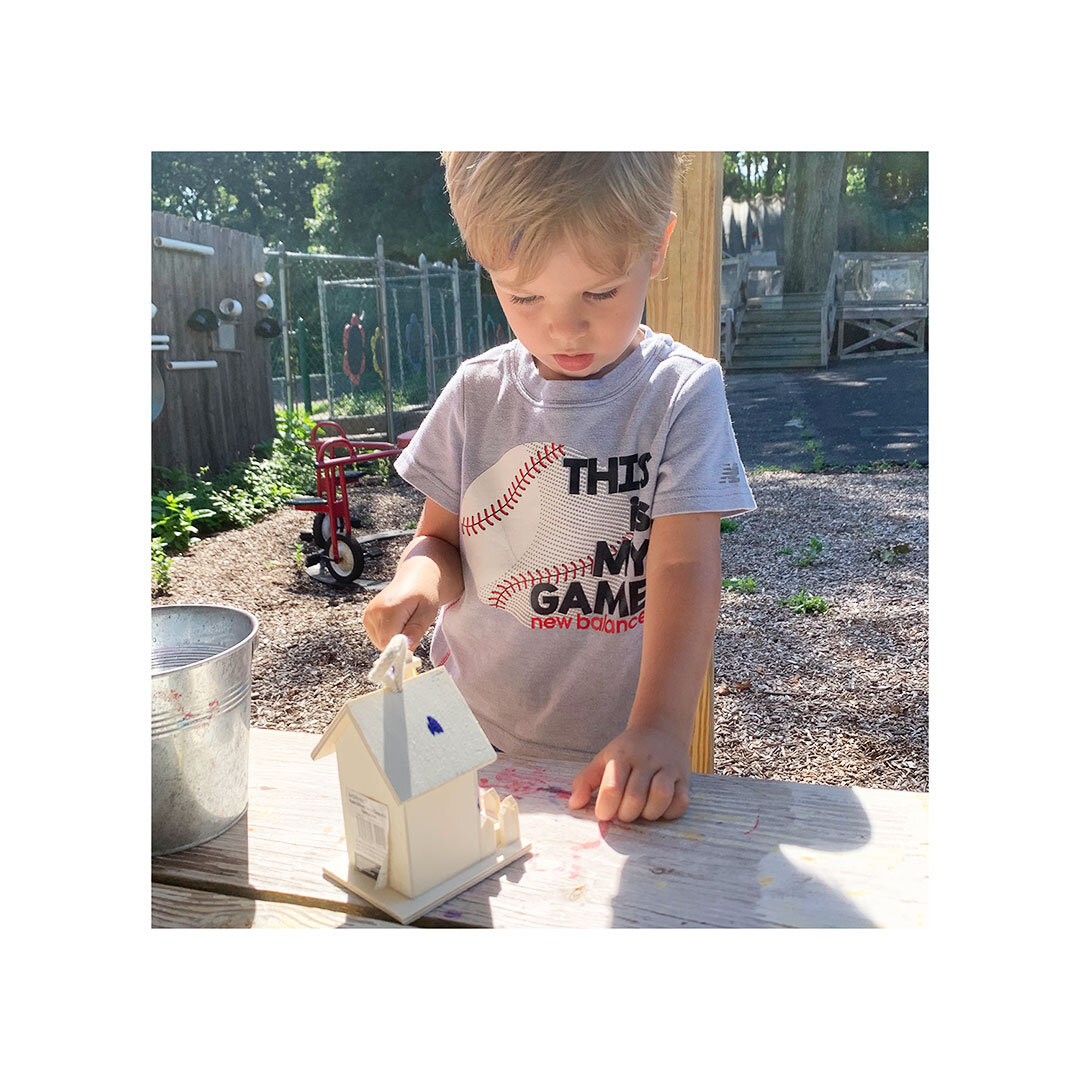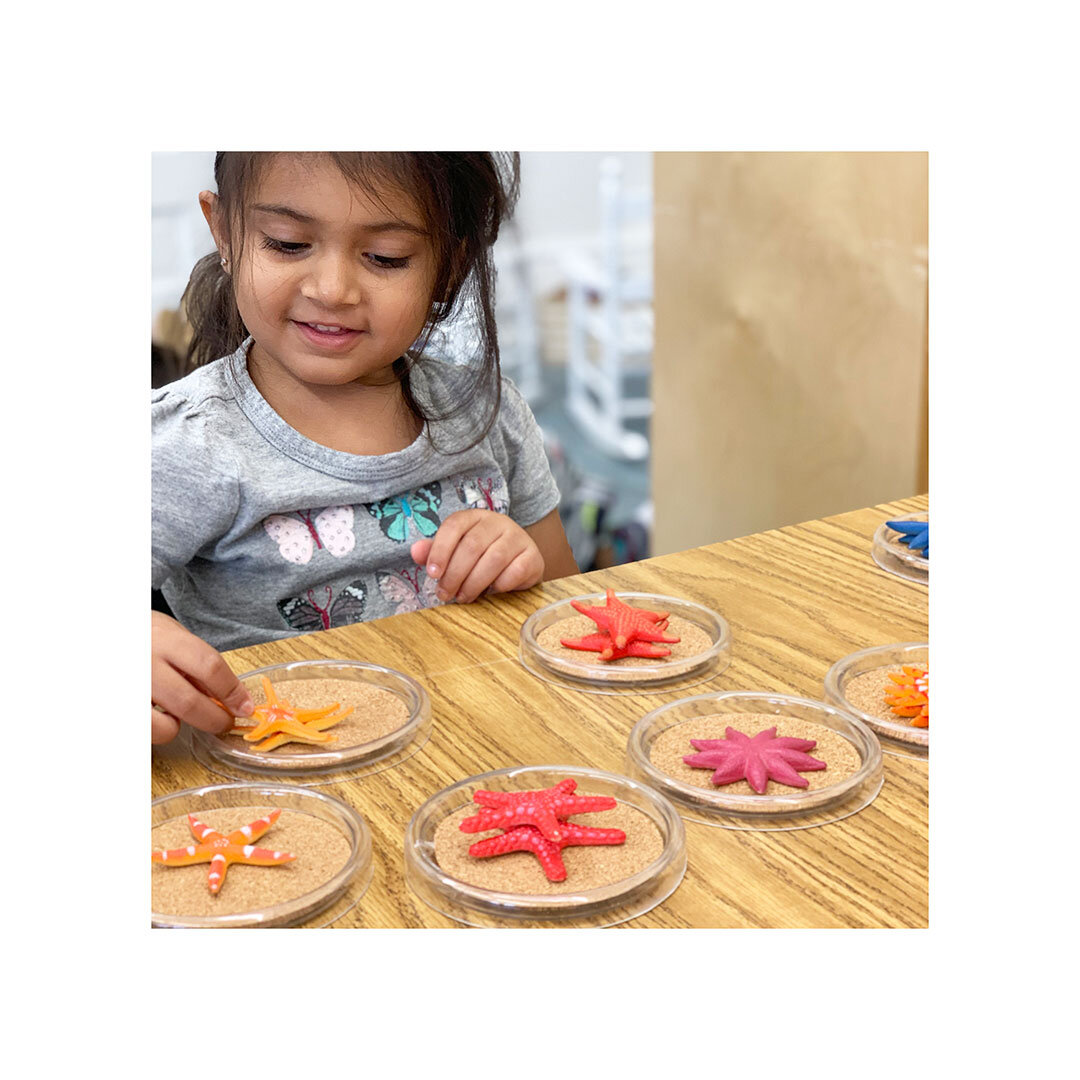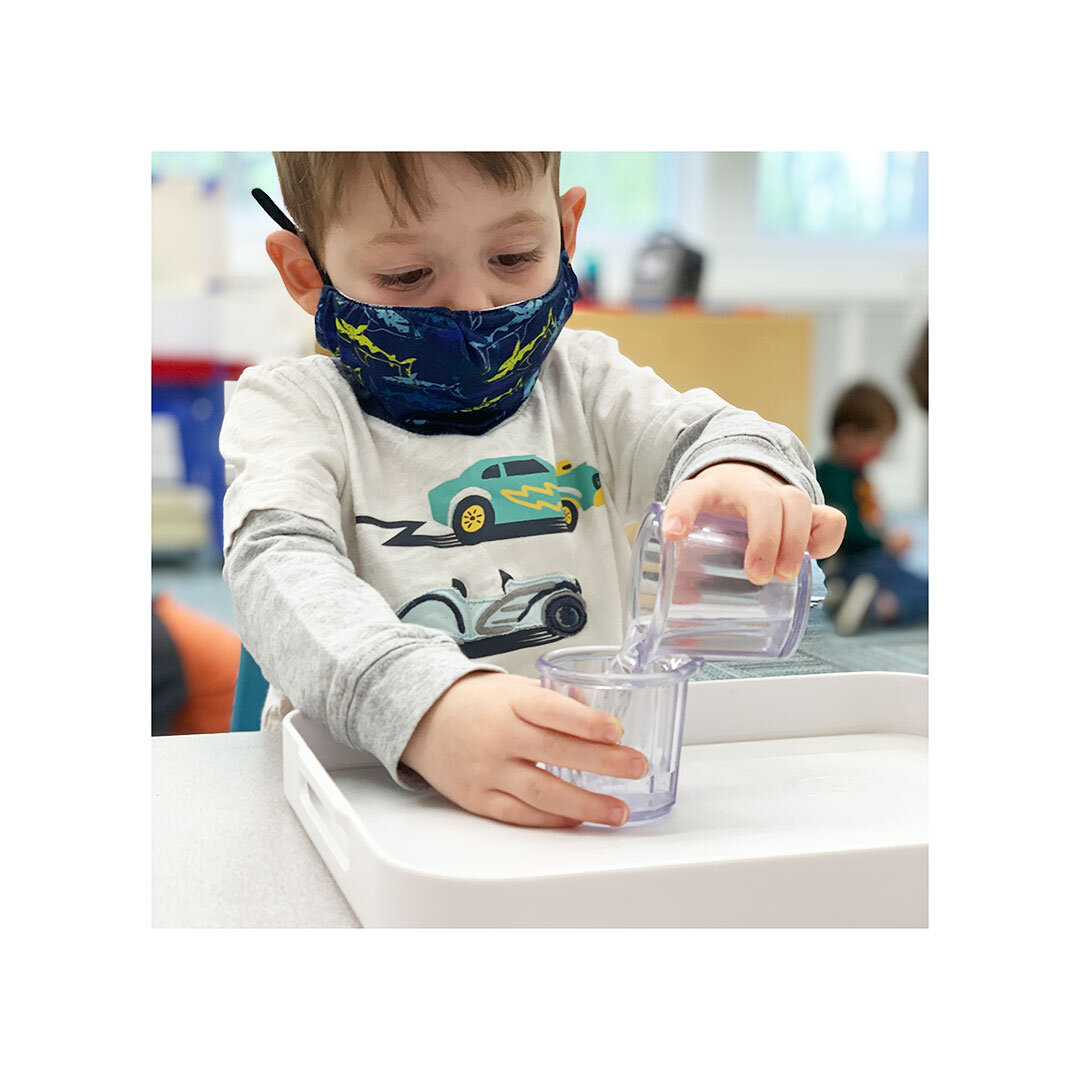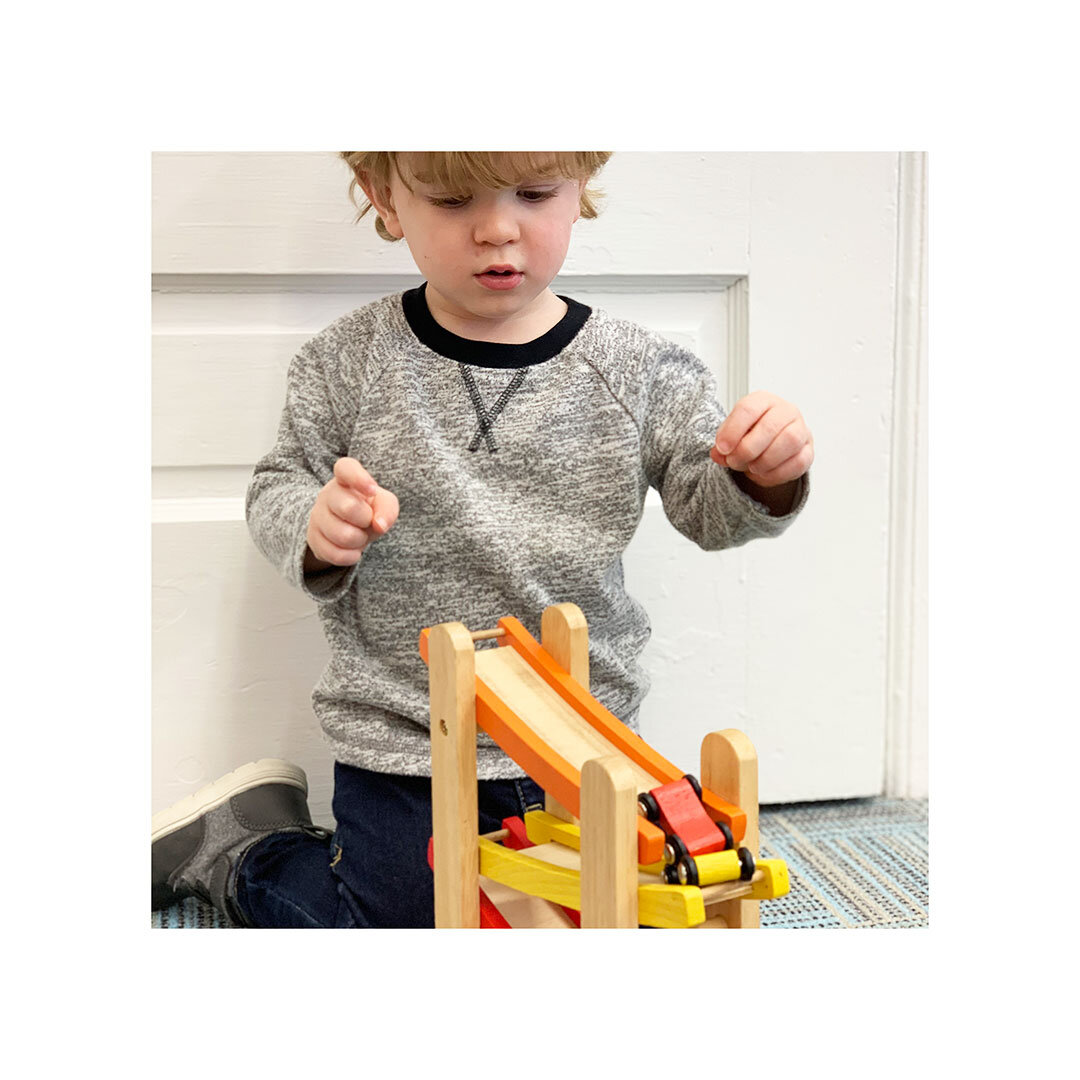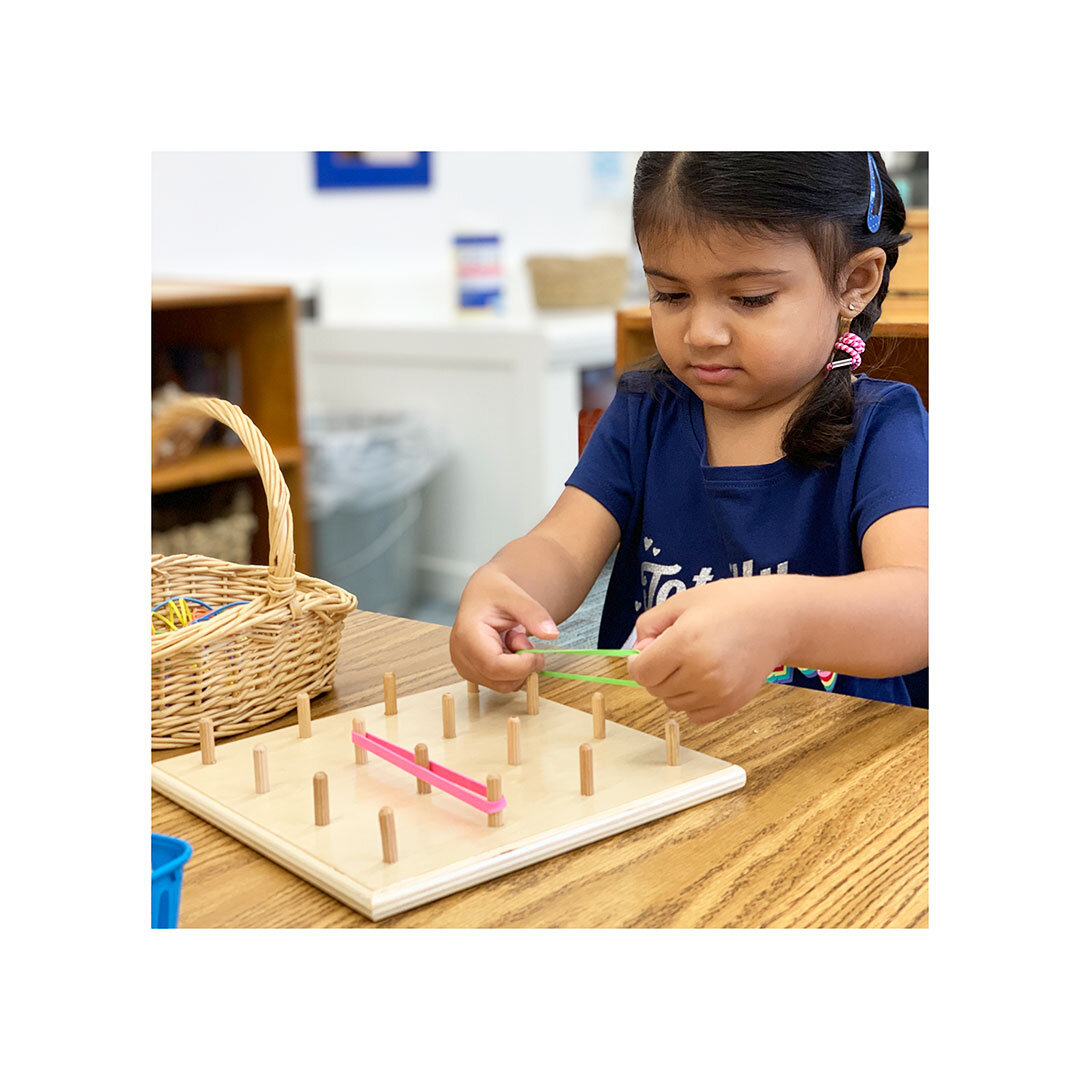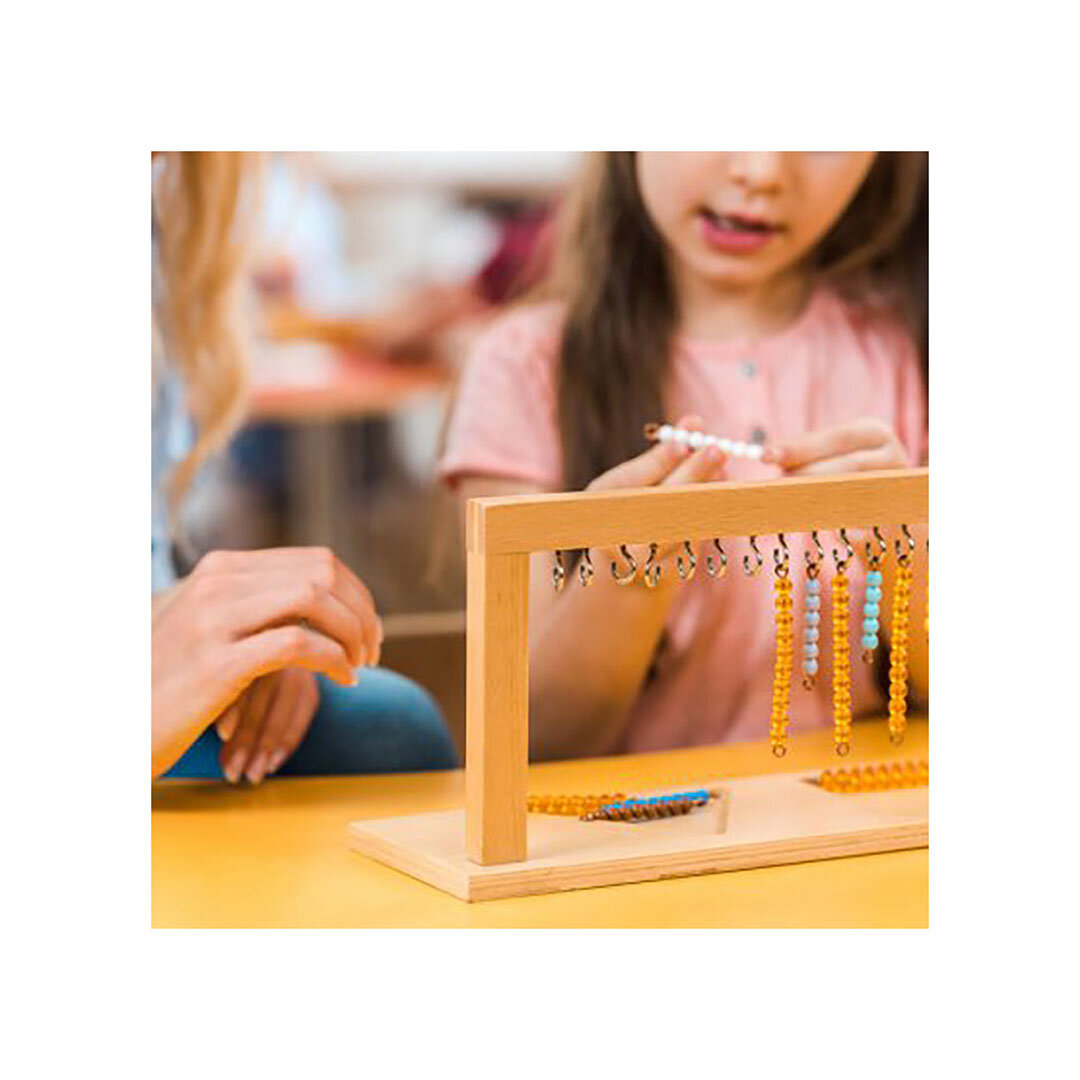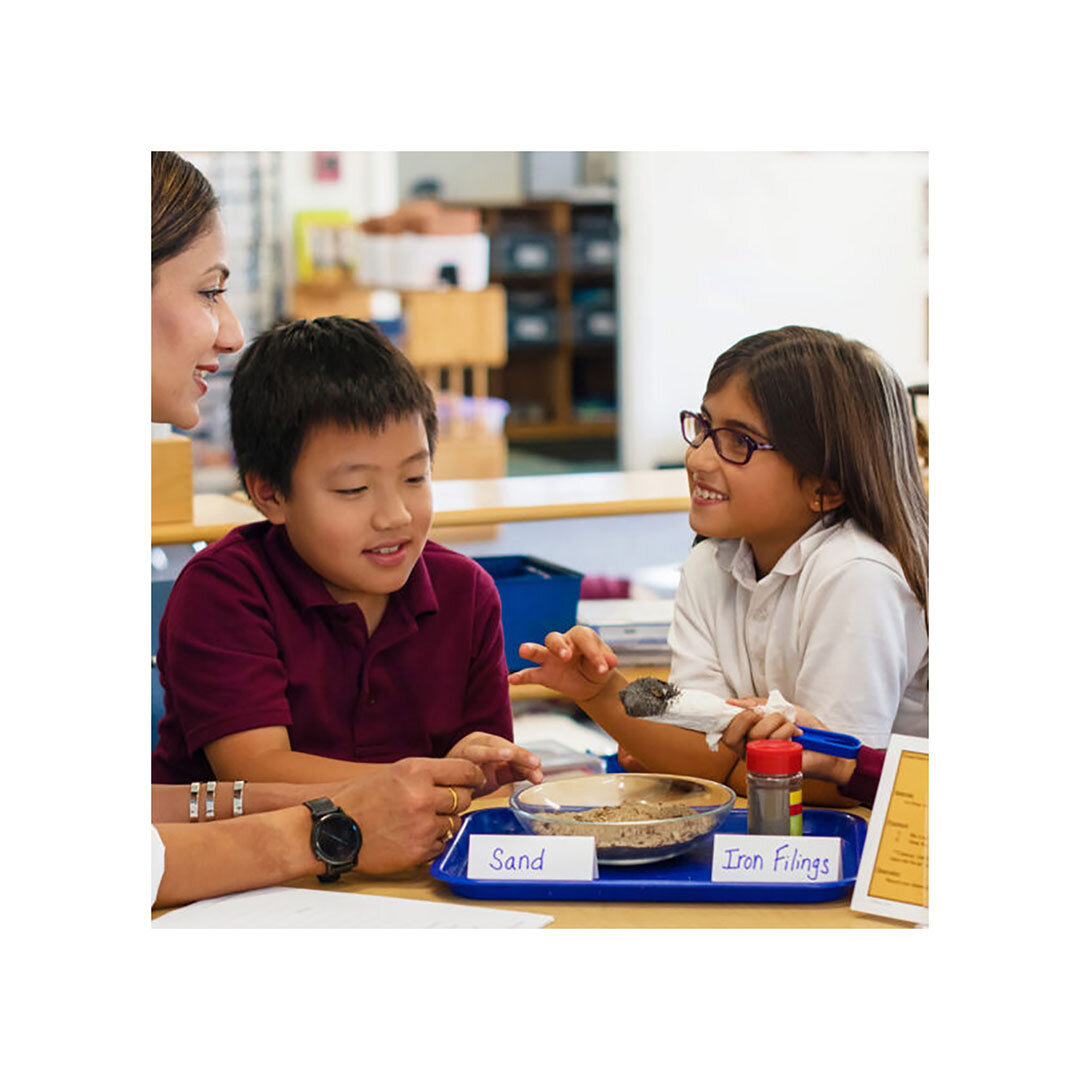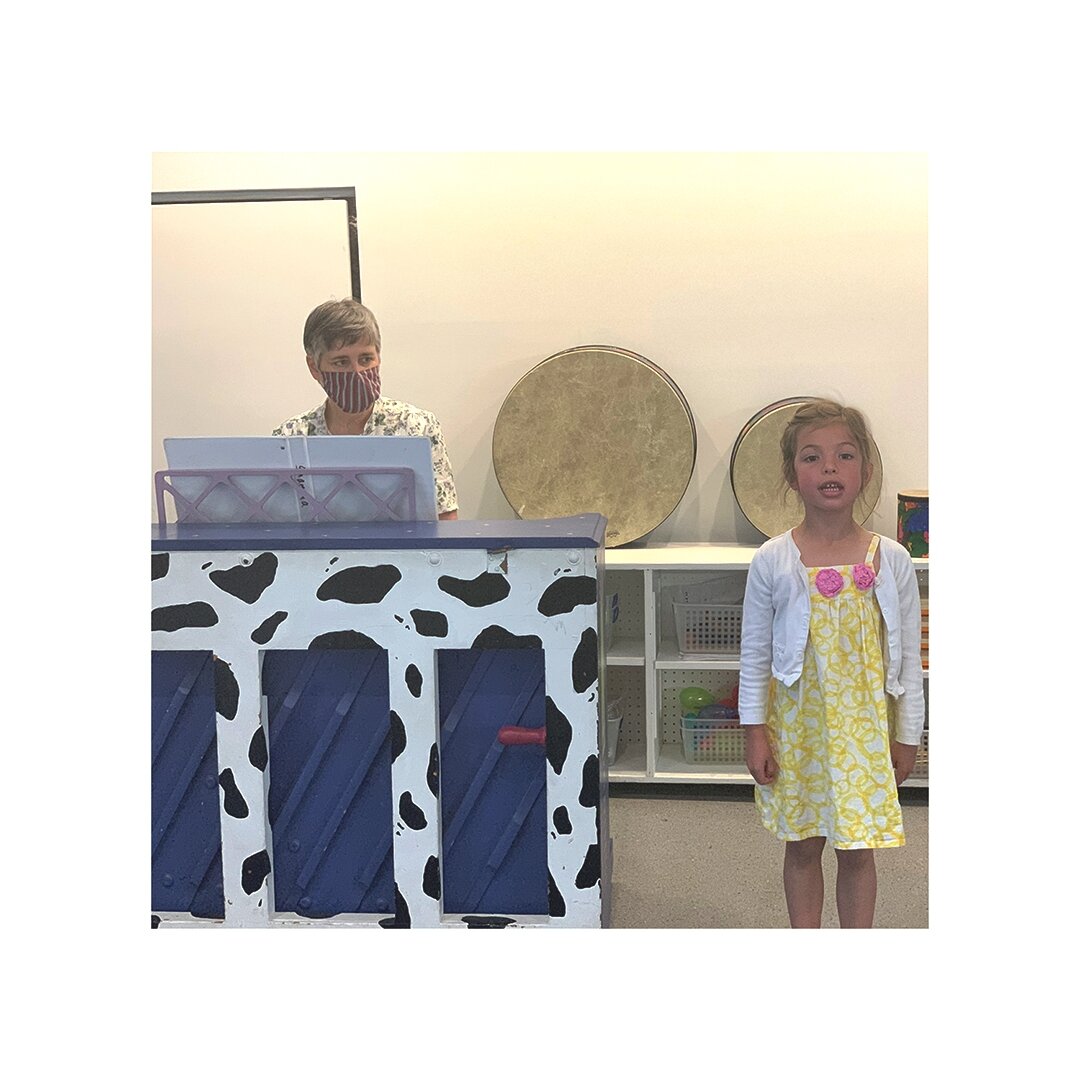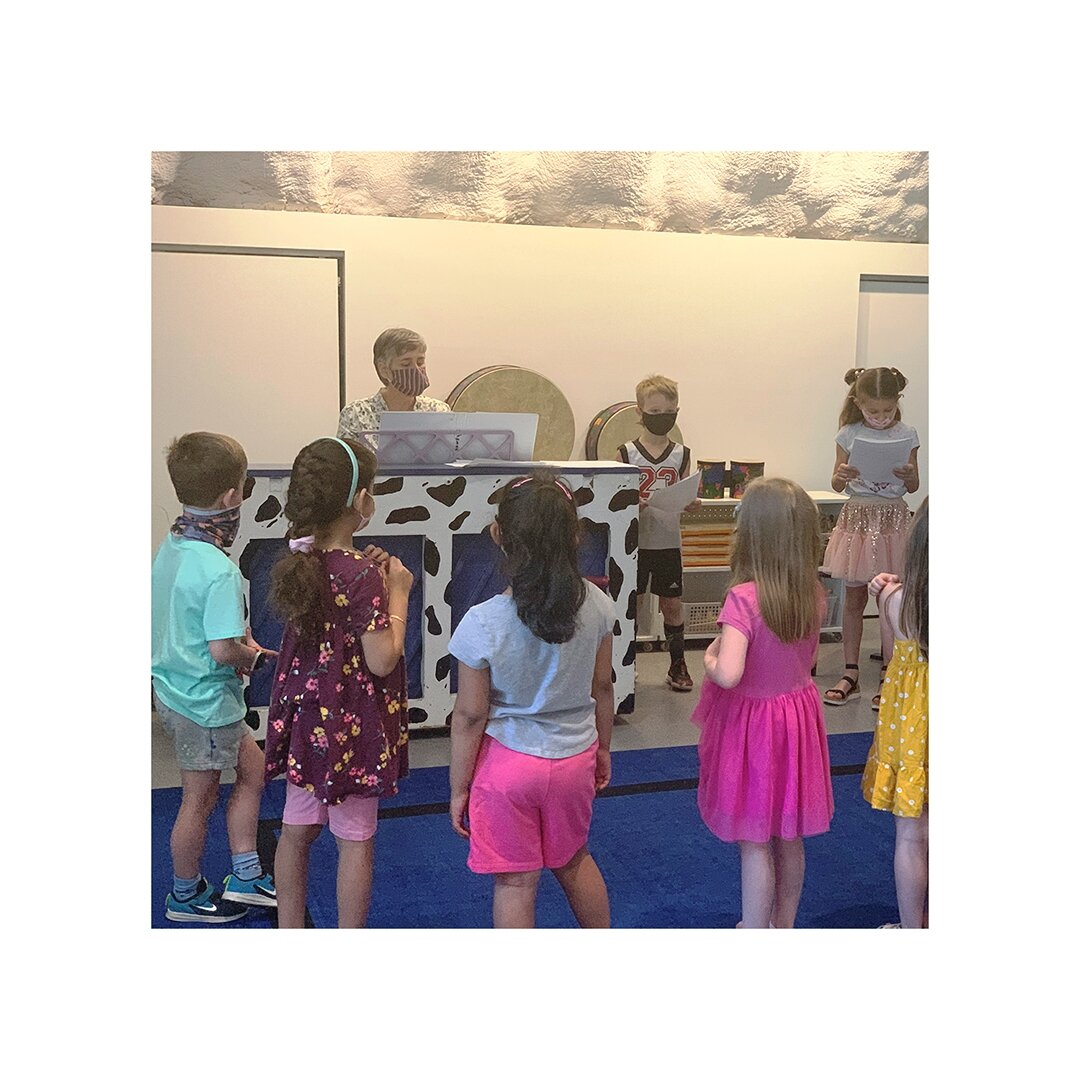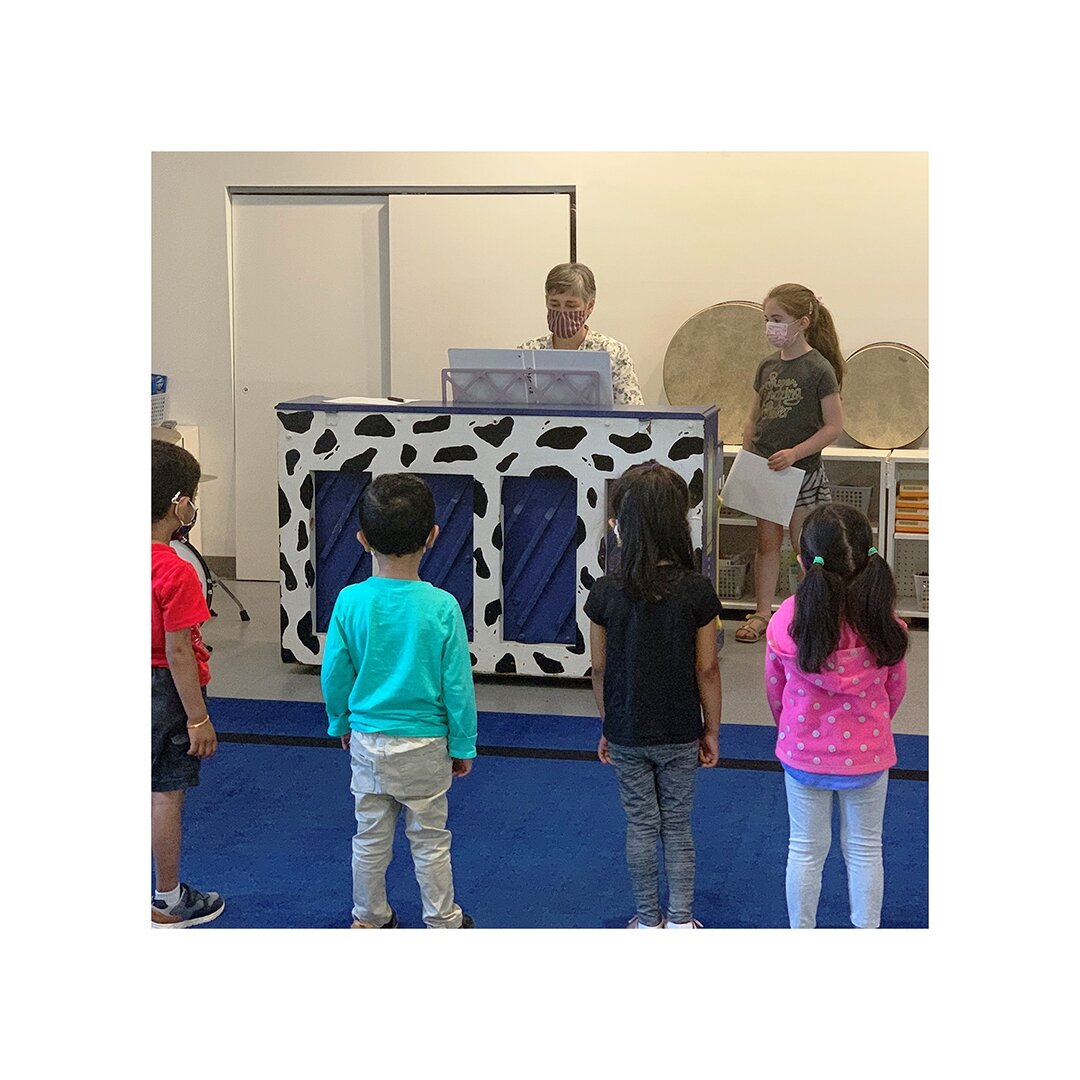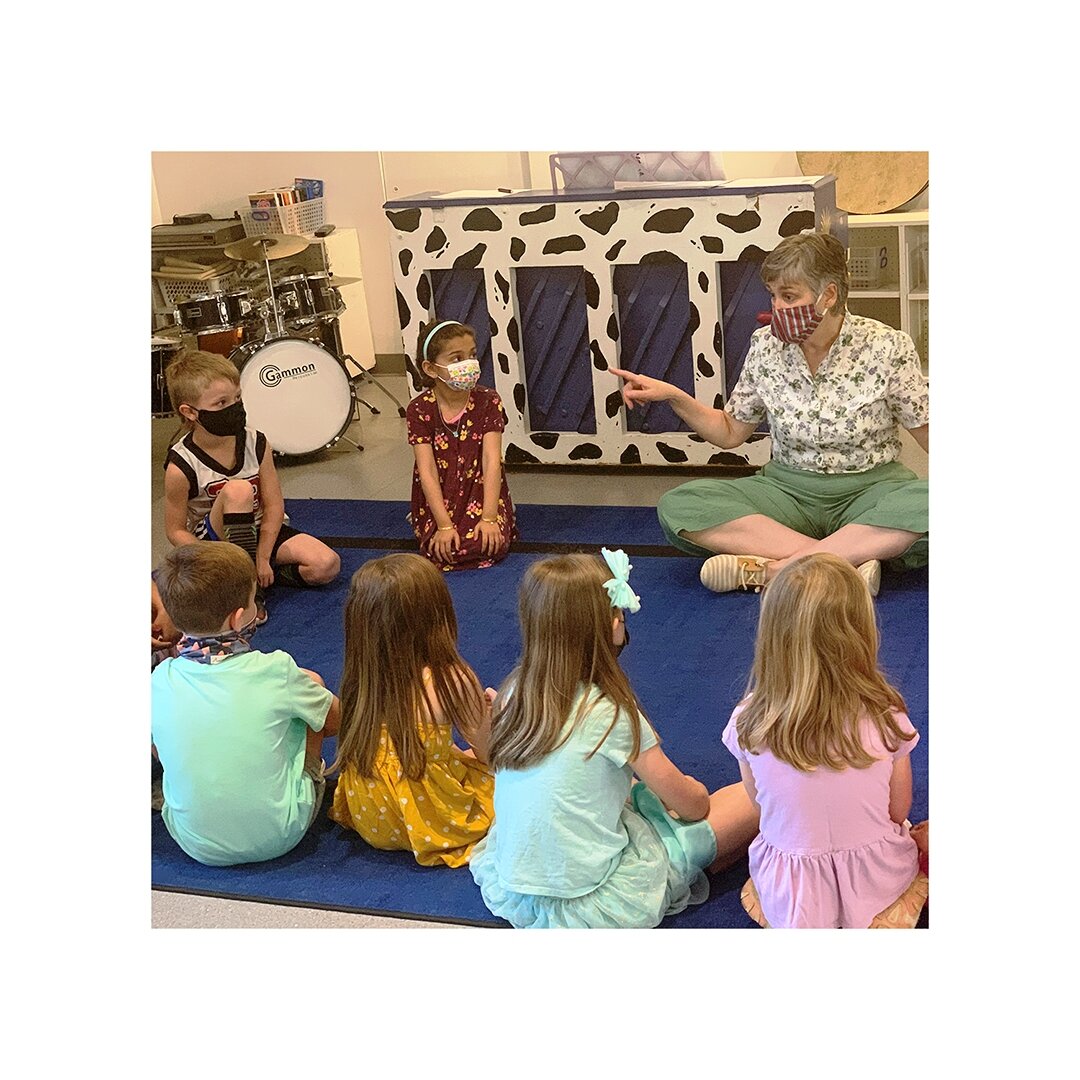Parents often ask themselves, “How can I ensure my child stays on track with learning during the summer months, outside of the classroom?” An impactful and bonding activity between parents and their children that can be overlooked is the act of reading together. Not only is it an enjoyable for everyone involved plus a method of bonding the child with his or her parent, but it also holds numerous learning benefits that lead to overall well-being. Let’s explore some of the key advantages of reading with your child, plus provide practical strategies for incorporating these strategies into your child's daily routine as they prepare for diving back into in-classroom learning.
1. Enhanced Cognitive Development: Reading aloud exposes children to a wide range of vocabulary, ideas, and concepts, stimulating their cognitive faculties and nurturing critical thinking skills. As you read together, your child's mind expands, making connections and developing a deeper understanding of their immediate and the whole around them as a whole.
2. Preparation for Academic Success: Reading aloud facilitates the early cultivation of essential literacy skills, such as letter recognition, phonics, and comprehension. These foundational skills serve as the cornerstone for future academic accomplishments, setting your child up for success in school and beyond.
3. Fostering Parent-Child Bonds: Engaging in shared reading experiences strengthens the profound bond between parents and children. It offers an invaluable opportunity for quality time, fostering intimacy, and nurturing a sense of strengthened connection. The moments spent together while exploring the pages of a book create lasting memories that both you and your child will cherish for a lifetime.
4. Heightened Concentration and Discipline: Reading necessitates focused attention, helping children refine their concentration and discipline. By sitting still, attentively listening, and following a narrative, they develop valuable skills that extend beyond the realm of reading and carry into everyday activities.
5. Amplified Imagination and Creativity: Through the magic of books, reading ignites children's imagination and stimulates their creative faculties. As they immerse themselves in diverse worlds, characters, and ideas, they are encouraged to think innovatively and develop their own narratives and concepts.
6. Cultivation of Lifelong Reading Habits: Early exposure to reading is instrumental in fostering a lifelong love for literature and books. By introducing your child to the joys of reading at a young age, you lay the foundation for an enduring appreciation of reading not just for mandatory curriculum in school, but also for pleasure and the pursuit of knowledge throughout their lives.
Now that we understand the many benefits of reading aloud, let's explore some strategies to seamlessly incorporate it into your child's daily routine:
1. Library Excursions: Take your child to the local library and let them explore the captivating realm of children's literature. Encourage them to choose books that align with their interests, empowering them with a sense of ownership over their reading choices.
2. Creating a Cozy Reading Nook: Curate a dedicated reading corner at home, complete with comfortable cushions, blankets, and a bookshelf filled with age-appropriate literary gems. Make this space inviting, and encourage your child to spend quality time there, immersed in their favorite stories.
3. Plan a Reading Picnic: Pack a blanket, along with a selection of books, and head to a nearby park or your own backyard for a delightful reading picnic. Enjoy the sunshine while delving into captivating tales amidst the great outdoors.
4. Joint Reading Sessions: Engage in shared reading experiences with your child. Choose books with compelling narratives, endearing characters, or captivating illustrations that effortlessly captivate their imagination. Take turns reading aloud and allow them to participate in the storytelling process. Engage your child during reading sessions by asking questions, discussing the story, and encouraging them to share their thoughts and interpretations.
5. Bedtime Stories: Incorporate reading into your child's bedtime routine. Choose a cozy spot in their room, snuggle up together, and embark on a nightly adventure through the pages of a book. This peaceful ritual creates a sense of tranquility and allows for a moment of shared reflection before sleep.
Remember, reading aloud to your child is not just about imparting knowledge or improving skills. It is about creating moments of joy, connection, and discovery. It is about building a lifelong love for reading and nurturing their imagination. By incorporating these strategies into your parenting journey, you are sowing the seeds of a profound love for literature while reaping the multitude of benefits it bestows upon your child's holistic development. So, grab a book, snuggle up with your little one, and embark on a captivating reading adventure together. The rewards will be truly priceless. We hope you enjoyed reading this guide brought to you by the educational team at Neshaminy Montessori. Remember, it’s never too early or too late to enjoy!





